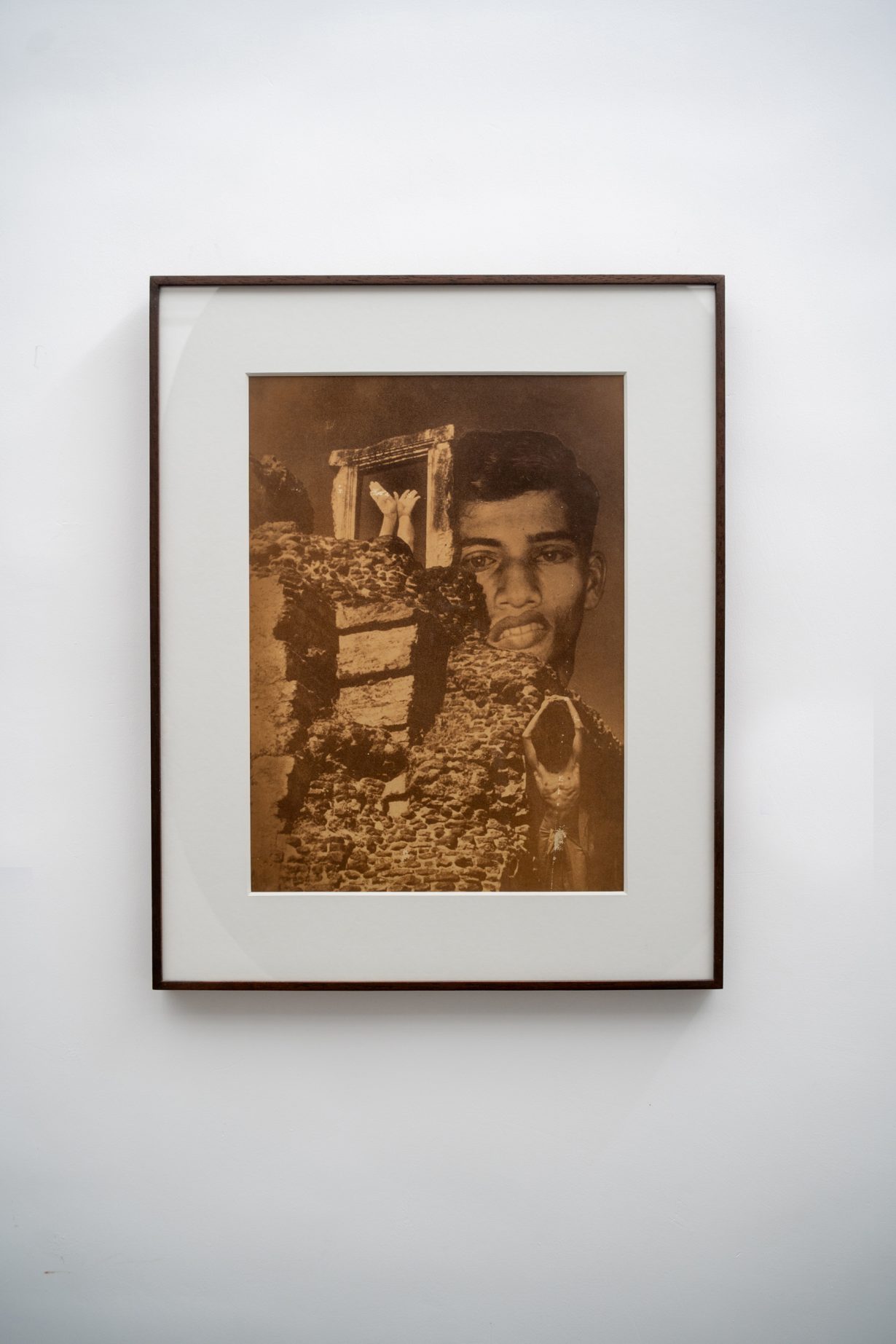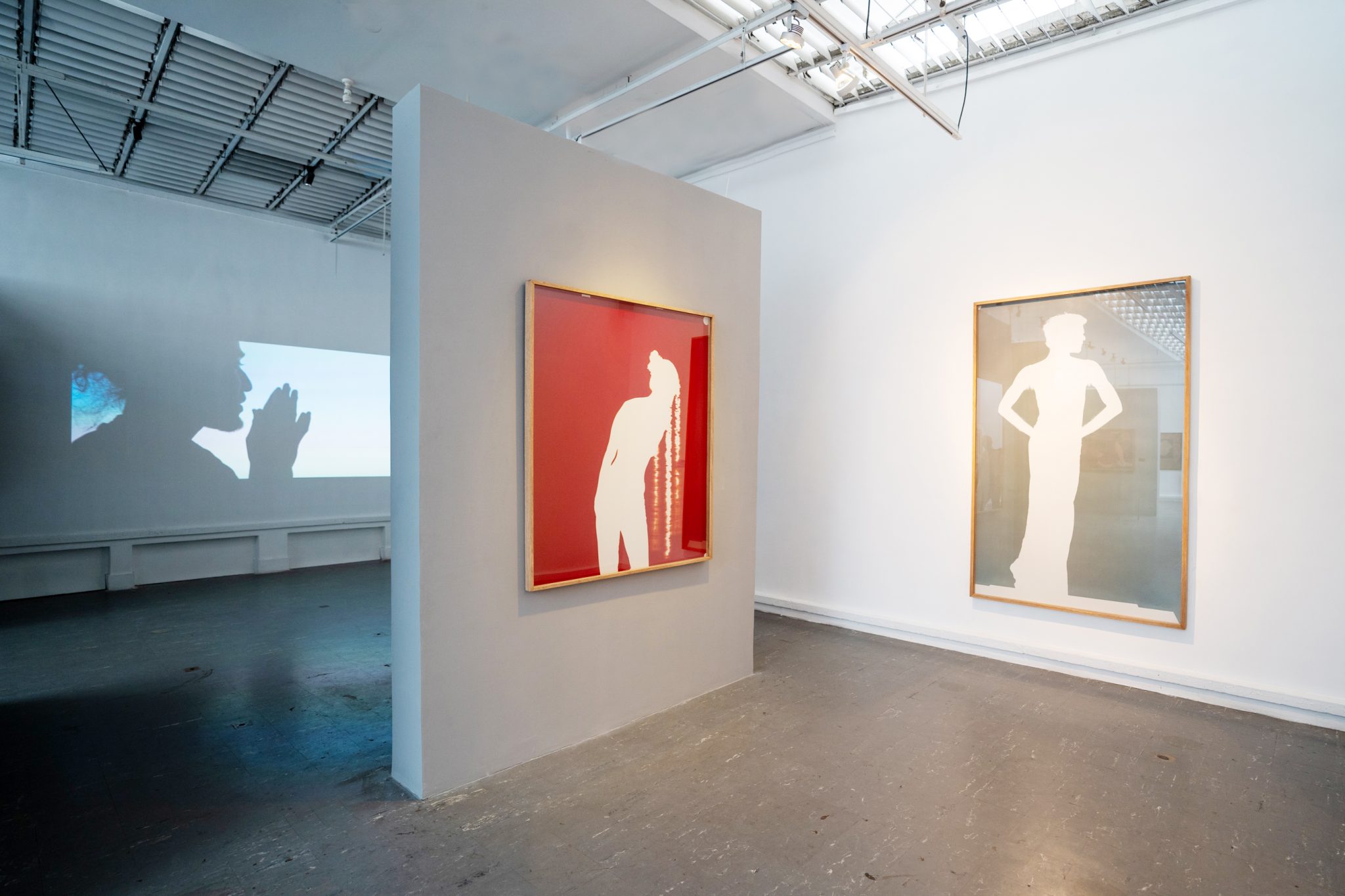Pivot Glide Echo at Lionel Wendt Art Centre, Colombo unravels an open and multiethnic vision of the island’s identity
Artist, critic, curator, collector, pianist and patron Lionel Wendt pioneered experimental photography in early-twentieth-century Sri Lanka, founding the island’s modernist art movement, the 43 Group, a year before his death in 1944. Wendt set up a photography studio, and insisted that exhibitions should tour the island to reach as wide an audience as possible. A member of Sri Lanka’s social elite, his privileged position – complicit in structures of class, gender and race – certainly complicates him as a potential symbol of national identity. The Lionel Wendt Art Centre opened in 1953; today the institution houses a collection, gallery, archive and theatre. A new group show at the centre, Pivot Glide Echo, curated by KALĀ, a new platform for South Asian art, uses Wendt’s life and work as a conceptual framework to display work by 19 modern and contemporary artists from Sri Lanka and its diaspora, covering almost a century of Sri Lankan art from the 1930s to the present.
The 43 Group engaged with European modernism while also championing Sri Lankan culture and identity, during the decades before and after independence from British rule in 1948. Their stance has been described as pro-colonial by some critics, but the group sought to portray the island as a site of creative and intellectual exchange, while also celebrating Sri Lankan heritage at a time of conflicts over nation-building. Various works by members of the 43 Group are on display here: L.T.P. Manjusri’s Erotica Series (1947–62) depicts delicate surrealist drawings of composite bodies; Ivan Peries’s collages, such as Space Refigerator (1964), employ blocks of colour and magazine cuttings to represent objects; George Keyt’s acrylic on canvas, Veraheni (1992), presents a portrait of female intimacy; George Claessen’s bright brushstrokes swirl in abstract paintings such as Butterfly of the Prism (1974).
Some members of the group lived in Sri Lanka their entire lives. Others did not: Keyt spent time in India, while Peries relocated permanently to London. The contemporary living artists exhibited here are similarly dispersed. Based in New Delhi, Anoli Perera’s photographic series I Let My Hair Loose: Protest Series I–V (2010–11) challenges colonial photography with black-and-white portraits that conceal her sitters’ faces. Gender and sexuality are recurring themes in the show, which features Wendt’s queer photographs of male nudes in works like Back (undated). Colombo-resident Mahen Perera uses an aesthetic of queer recycling in his sculpture Two Hold a Trace (2023): a series of corporeal forms composed of repurposed wood, clothes and upholstery stained with tea suggest an implicit environmental politics connected to histories of desire.

Ecology is a consistent concern throughout Wendt’s photographs included in Pivot Glide Echo: a reclining male nude montaged over a ship in Heard a Voice Wailing Where the Ships Went Sailing (undated), a labourer harvesting coconuts in another print (untitled and undated), a male head collaged on a table next to a vase of flowers as part of an absurd still-life in Nothing Was Further From My Thoughts (undated). Elsewhere, in Moscow-based Rupaneethan Pakiyarajah’s Untitled (2022), ink drawings evoke surreal assemblages of vegetal forms and bodily organs, referencing the entangled lyricism of Tamilakam poetry.
The protagonist of Shehan Karunatilaka’s novel The Seven Moons of Maali Almeida (2022), a queer photographer in the 1980s, describes photos of naked or seminude men and muses: ‘If the ghost of Lionel Wendt were here, he would peek over… and nod his approval’. Such a sentiment perhaps sums up the aspiration of Pivot Glide Echo.
Wendt’s larger vision of Sri Lanka as unbound by exclusionary national or ethnic categories informs the exhibition, which seeks to position Wendt as a catalyst for Sri Lankan modern and contemporary art. Paris resident Cassie Machado, who like Wendt has both Sri Lankan and European ancestry, has created a series of photogram portraits for the show depicting members of the Sri Lankan diaspora. When Colours Return Home to Light (2023) captures their silhouettes in white against pinkish red or grey backgrounds, their posing bodies brimming with light. Machado playfully describes the project as a fantasy collaboration with Wendt, though very few artworks in the exhibition engage explicitly with his photography – a notable exception being Muhanned Cader’s Lionel Wendt Remixed (2023).
Living between Galle and Karachi, Cader collaged together reproduced fragments of Wendt’s photobook Ceylon (1950) on a Moleskine accordion notebook, its pages unfolding like a frieze on a plinth. Cader’s visual quotations pay attention to Wendt’s novel techniques – which included solarisation, brometching, montage and reversal. If Wendt operates as an effective curatorial rational for Pivot Glide Echo it is because his life and work were shaped by artistic experimentation as well as transnational aesthetic exchange, an ability to convene creative practitioners or movements, alongside an open and multiethnic vision of the island’s identity.
Pivot Glide Echo at Lionel Wendt Art Centre, Colombo, 29 January – 25 February
